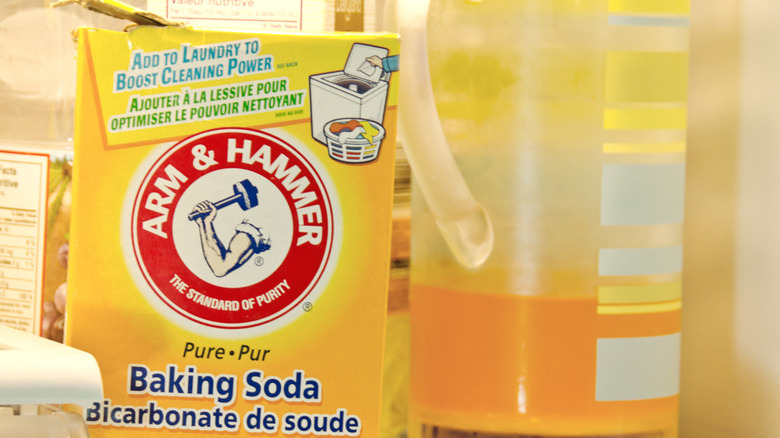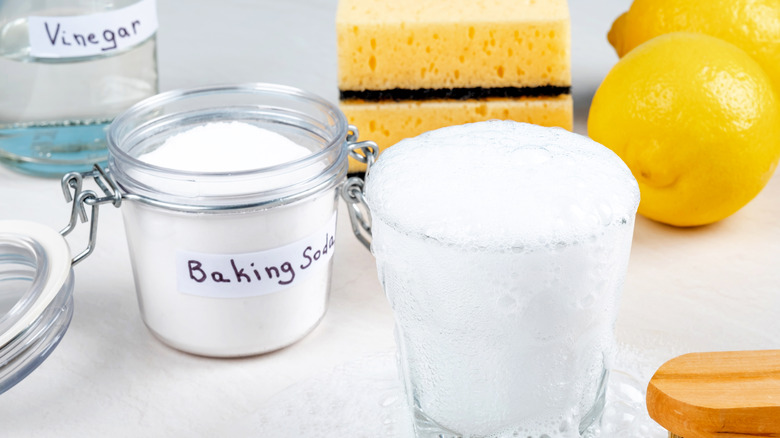How Long Does Baking Soda Last After Being Opened?
Baking soda is undeniably a household champion, a humble white powder with a nearly endless list of applications that make it an essential pantry staple. Chemically, it is known as sodium bicarbonate, an alkaline compound, and its two primary uses are for cleaning and baking. The magic behind baking soda's power lies in a simple acid-base reaction. So when fresh baking soda meets an acidic ingredient (like vinegar in a cleaning solution or buttermilk in a pancake recipe), it releases carbon dioxide gas and creates its well-known fizz. But when an open box hits the six month mark, it starts to become less effective for certain purposes.
Baking soda's utility truly shines in the realm of cleaning, literally. Its gentle, non-abrasive nature makes it a terrific scrubber for things like sinks and tile, while its ability to neutralize odors lends itself well to refreshing carpet, drains, and, of course, your refrigerator. Heck, you can even mix it into a paste with water to easily revive burnt pots and pans, or as a way to brighten your whites in the laundry without bleach. Because it is inexpensive, non-toxic, and super effective, keeping a box of this all-star ingredient around is essential for any savvy homeowner.
But the longevity of baking soda once opened hinges on how you plan to use it. If you are only using it for cleaning, you can use it well past the expiration date. Even then, baking soda still retains the properties that make it great for cleaning and deodorizing purposes.
How baking soda's age affects its potency
For peak performance in baking, where it helps items like bread and cookies rise, experts usually agree that opened baking soda should be replaced every six months to one year. Sodium bicarbonate is a super stable compound that never truly "goes bad" in a way that would cause illness. However, its efficacy decreases once it is exposed to air when you open it, as it begins to absorb environmental moisture and odors, which can weaken its ability to produce the essential carbon dioxide reaction when mixed with an acid.
To test your current supply, simply take a teaspoon of the powder and add a few drops of an acidic liquid, like lemon juice or white vinegar. If the mixture erupts in a dramatic foamy fizz, it is still potent enough for all your leavening needs. Alternatively, if the reaction is weak or non-existent, it is time for a new box. And this time, transfer the powder from its original cardboard box into an airtight container and store it in a cool, dry area to boost shelf life
And remember, if your baking soda fails this test, don't toss it! Just because it may no longer be reliable for recipes, its odor-absorbing and gentle abrasive qualities still work. Just use it for non-culinary tasks, like as a fridge deodorizer, or keep a box of baking soda near your sink.

